A Perspective on the Rise of ISIS
One of the most popular pieces of “information” that is being circulated on the internet and newspapers in my own country of birth, Italy, is an announcement of the imminent arrival of ISIS fighters on our shores. According to United States intelligence agencies, which are not exactly impartial or neutral sources, throngs of Islamic terrorists are about to be shipped to our boot-shaped Mediterranean country from Libya. Panic. Fear. Insecurity. These are the words that are being thrown around like stale bread to the birds. Few column inches in the Italian national press, and elsewhere for that matter, have been devoted to any analysis of the validity of the threats or their inherent origins. Alas, this is a well-known technique: capitalize on those points that suit the needs of international interests and national politicians, and omit the information that really matters. It’s a dirty trick that causes entire populations to be plagued by short-term memory loss.
Sponsoring proxy armies
ISIS was founded in 1999 by a shadowy figure, Abu Musab al-Zarqawi. He has been reported killed and resurrected numerous times, as has been its successor. Let us not dwell on the first 12 years of ISIS, when it was a spinoff of al-Qaeda in Iraq. Instead, let us fast forward to 2011, when the NATO powers, led by France and the UK, engaged in an aerial offensive against Libya to topple Gaddafi and replace him with a pro-West government. This approach has been standard geopolitical operating procedure for the US and its Western-European allies for decades in places such as Nicaragua, Bolivia, Ecuador, Mexico, Brazil, Vietnam, Iran, Yemen, Afghanistan, Chile and many more, where despotic regimes have been installed after Western-engineered coups. Often, the major powers do not get directly involved or send their own troops to die on foreign lands, because this would have severe repercussions on the standing of politicians in the public opinion. The praxis is to sponsor, fund and arm ruthless bands of “rebels” to fight against an established government. These groups are first funded to serve geopolitical interests, and when they are unwilling to do so any longer, they become an excuse to invade. Once in power, in fact, these groups tend to believe that they can stand on their own two feet without the support of their previous benefactors and often turn against them. Power beckons, and history indeed repeats itself. This is precisely the case with ISIS.
Libya: using the pretext of the Arab Spring
The meteoric rise of ISIS to power is not a coincidence or byproduct of innocent geopolitical mistakes. ISIS was initially created, for the sake of foreign-policy interests, to remove uncooperative governments like those in Libya, and then Syria which arguably became the pivotal point for the rise of ISIS. Until 2011 Libya was largely secular, sovereign, and fairly prosperous; now this country lies in ruins and is portrayed as having been invaded by a horde of foreign “Islamists”. The reality, however, is that France, Italy, the UK, and the US sponsored a small group of discontents to fight Gaddafi in 2011. They called themselves the Shabab, and they later constituted the “Libyan Transitional Council” which is now in government. The Libyan rebels were portrayed to the Western public as being “freedom fighters” who sought greater government accountability and increased liberties. In reality, it almost immediately became apparent that Islamic extremists had taken the leadership of the movement; the western powers were certainly aware of this.
Numerous reports warned that many of the fighters were affiliated with Al-Qaeda, another organization originally made powerful by the US to fight against the Soviet Union in Afghanistan. From the start, the global left had denounced these pseudo-revolutionaries as being violent as well as extreme in their religious zeal: in short, bad news for everybody. Nobody heeded their calls. The demonization of Gaddafi continued in the mainstream Western media, and the glorification and support for the rebels grew to the point when NATO’s governments felt secure that their public would support bombing Libya. So they did. Let us also remember that the Libyan army was sufficiently well trained and disciplined to have almost neutralized the opposition, and it would have done so if NATO had not intervened. In short, if Gaddafi’s government existed today, ISIS might not.
It was not made widely public that many of Libya’s rebels were not Libyans but Iraqis from Al-Qaeda in Iraq. This organization cleverly re-branded itself to confuse the public, and it became ISIS. Abdel Hakim-Belhadj was the commander of the Libyan Islamic Fighting Group that helped NATO to depose Gaddafi. It is almost unknown that Hakim-Belhadj was in fact an al-Qaeda lieutenant, turned double agent after being in the care of the CIA, and released back into operation. “The US was fully aware of and facilitating the delivery of weapons to the Al Qaeda-dominated rebel militias throughout the 2011 rebellion”, as stated by The Citizen’s Commission on Benghazi’s interim report. Far from the US being able to claim ignorance, this program was run and administered by Hillary Clinton, then the Secretary of State.
With NATO’s air support, the Libyan rebels captured Gaddafi (he was murdered by the rebels in a horror show that the mainstream media did not hesitate to broadcast). With Gaddafi gone, Hakim-Belhadj was rewarded by NATO and Washington with the title of Governor of Tripoli. With this position, he ensured the recruitment of Jihadists into Libya and the smuggling of hundreds of them to Syria through Turkey. This would create the backbone of what would eventually, and ironically, be named the “Free Syrian Army”. There is no equivocation on the fact that the very same members of the Libyan Islamic Fighting Group were flying the Al-Qaeda and ISIS flags following the murder of Gaddafi. This happened “before and during the time they were shipped on to fight in Syria against Bashar al Assad’s government forces – on behalf of those very same NATO-allied agencies” as reported by the 21st Century Wire.
Syria: toppling Assad
One year later, the Free Syrian Army arguably brought us to the brink of World War III by using chemical weapons against Syrian civilians, and they attempted to frame Assad for it. They are the same fighters who were using weapons shipped by Saudi Arabia and Qatar, with logistic support from the CIA operating in Jordan, and they were also funded by the Saudis, Qataris and Americans. All of this, despite their benefactors’ knowledge that the weapons were falling in the hands of the Jihadists rather than the secular opposition. With help from the CIA, these governments and that of Turkey sharply increased their support for the Syrian rebels throughout 2013, expanding exponentially an airlift of arms and equipment for the uprising against Assad.
With the Jihadization of Damascus having failed, ISIS was born, led by the infamous al-Baghdadi, who was being sponsored just a few months before by the US to fight against Assad. This was achieved though missions coordinated by the likes of John McCain, who to this day maintains that he “knows these people very well” and they “are not terrorists”. The cognitive dissonance does not register in the minds of the majority of the western public. It is not understood that the people who are being paid by the US and NATO in Syria to get rid of Assad are the same people that we must supposedly fight in Libya. Politicians lie, the media parrots, and the populace believes. The infamous “Caliph” al-Baghdadi is now the new bogeyman, the new Bin Laden, the new scapegoat upon which the neocons of the world can capitalize. With Jeb Bush poised to be the leading US Republican candidate for the presidency, the parallels with his brother George W. Bush and his crusade against Al-Qaeda to justify the invasions of Afghanistan and Iraq are simply too sinister to ignore. It hardly matters whether one believes that ISIS is under direct control of the US or not. The point is that ISIS has achieved its primary role: that of creating an atmosphere of fear that can be exploited and manipulated to justify military and political interventions abroad.
We have to wonder about the goal of ISIS in bombing in Libya. If ISIS really wants to attack Rome, it can easily do so with home-grown members rather than risk the laborious task of smuggling fighters from Libya. Could it be to influence the US elections in favor of a neoconservative? Or to pretend to be fighting ISIS while bombing the pro-Gaddafi militias that have re-taken most of the southern regions of Libya? Whatever the reason, it appears that the support from the US to the supposed enemies of the US is allegedly not waning. The Pentagon is set to send 1,000 troops to aid the Syrian rebels, and in June 2014 Obama requested $500 million from the US Congress to train and arm the group that potentially includes ISIS combatants. This comes amidst claims from an alleged Islamic State commander in Pakistan that the US is directly funding ISIS fighters on the ground there, and from the Iraqi parliament that their army has downed two British military planes that were carrying weapons and explosives to be allegedly air-dropped on ISIS-controlled areas. Saudi Arabia, Qatar, Turkey, and the NATO powers are not the only ones who have at least indirectly supported ISIS; Israel too has also thrown its lot with these unsavory characters. For 18 months the Israeli Defense Forces (IDF) provided medical and technical help to opposition groups fighting inside Syria, as observed by the UN peacekeeping missions in the Golan Heights.
If a hand strikes you, do you blame the hand that hit you or the mind that commanded it? The situation with ISIS is similar, and so the real question to be asked is the following: Who is the greatest enemy to our security here, ISIS or the US? For those willing to see, the truth is in plain sight.
Editor’s Notes: Photograph two from the archive of Chairman of the Joint Chiefs of Staff; photograph three from UK Prime Minister archive; photograph seven by Christiaan Triebert; photograph ten from the archive of the European Commission DG; and photograph eleven by Jahel Aheram.
Related Articles


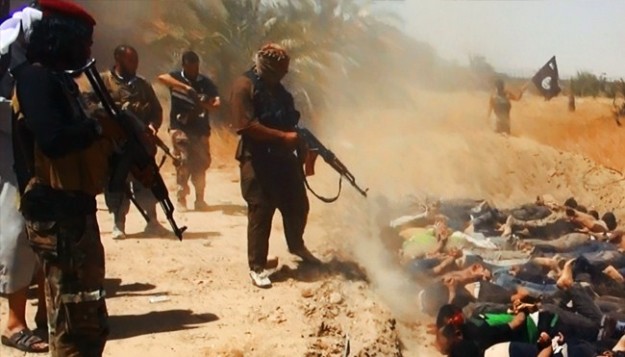
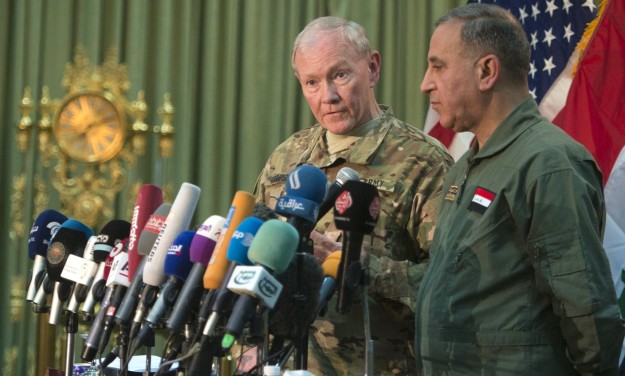
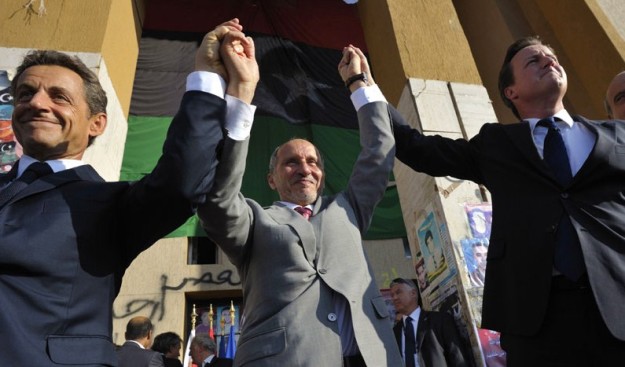
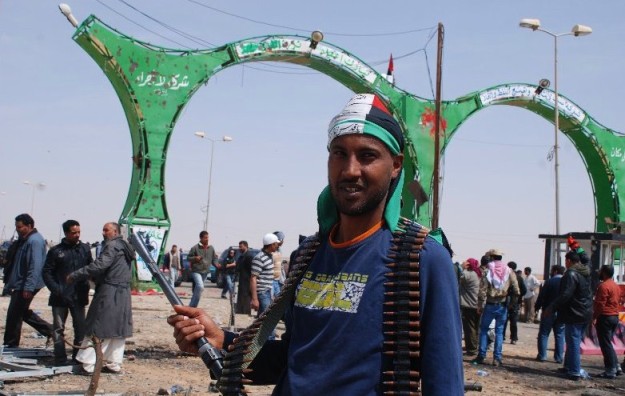
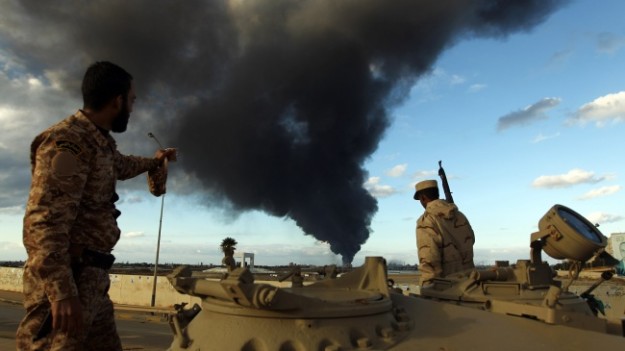
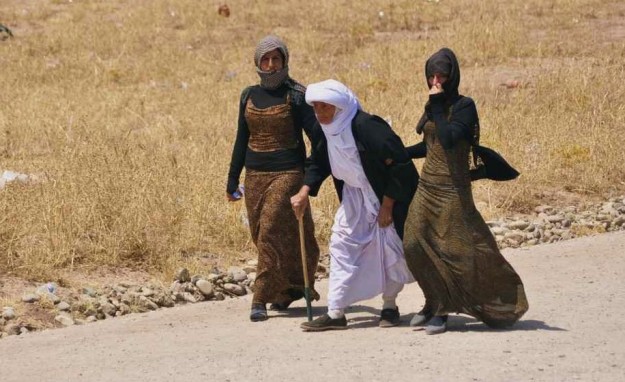
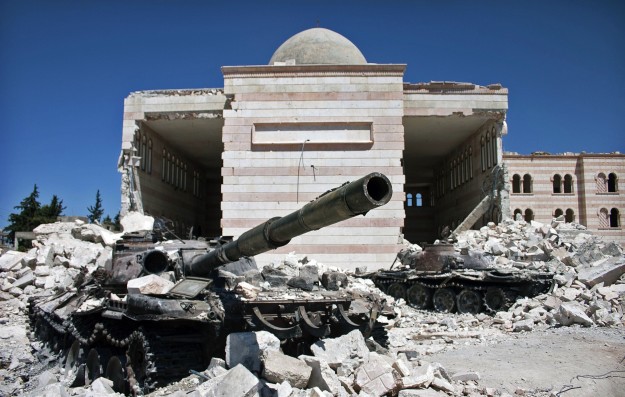
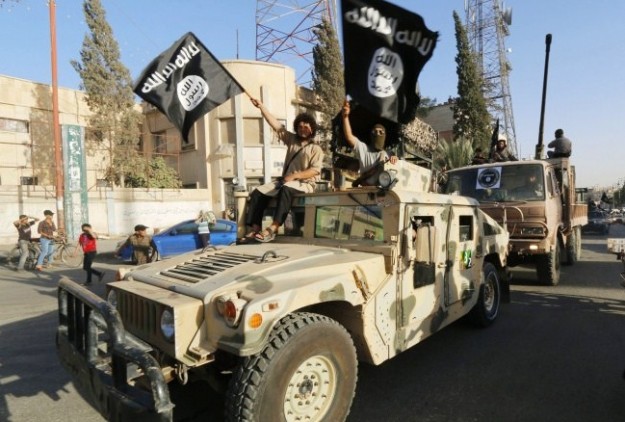
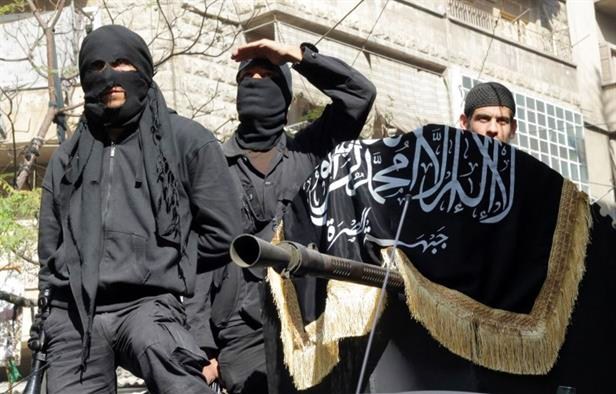
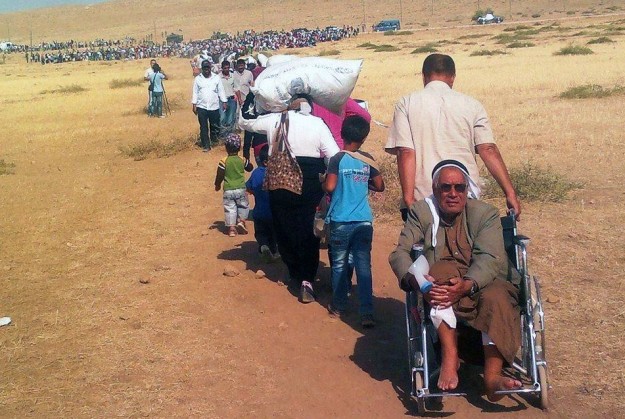
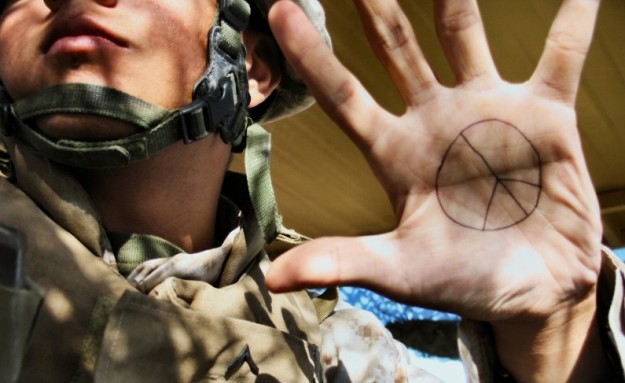











One Response to A Perspective on the Rise of ISIS
You must be logged in to post a comment Login